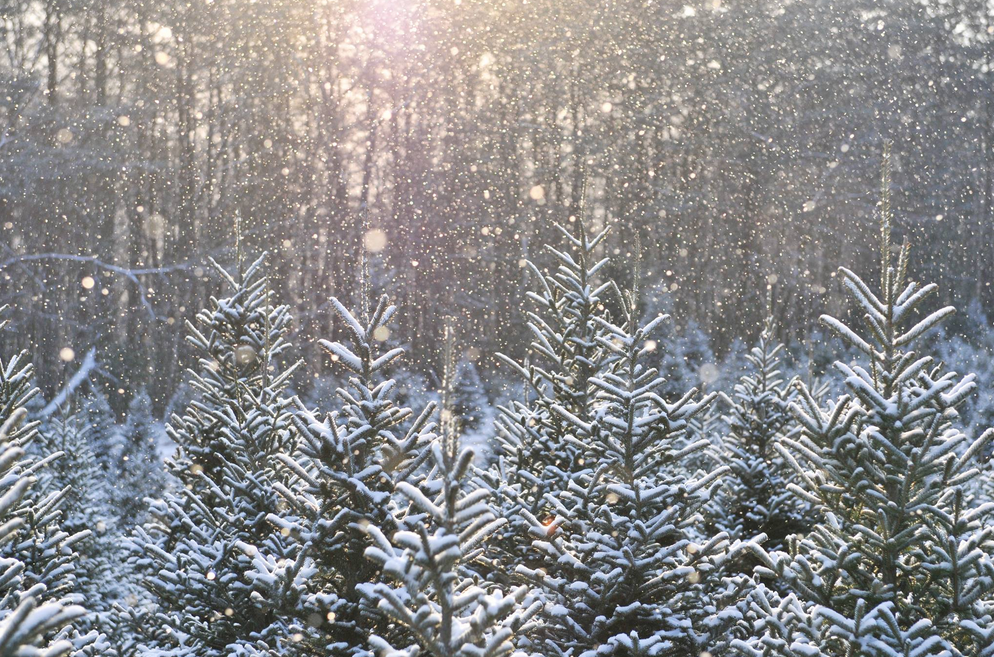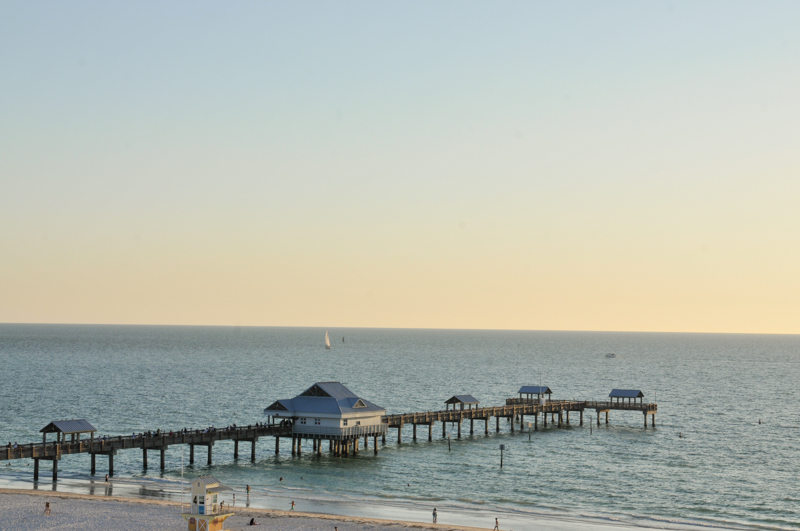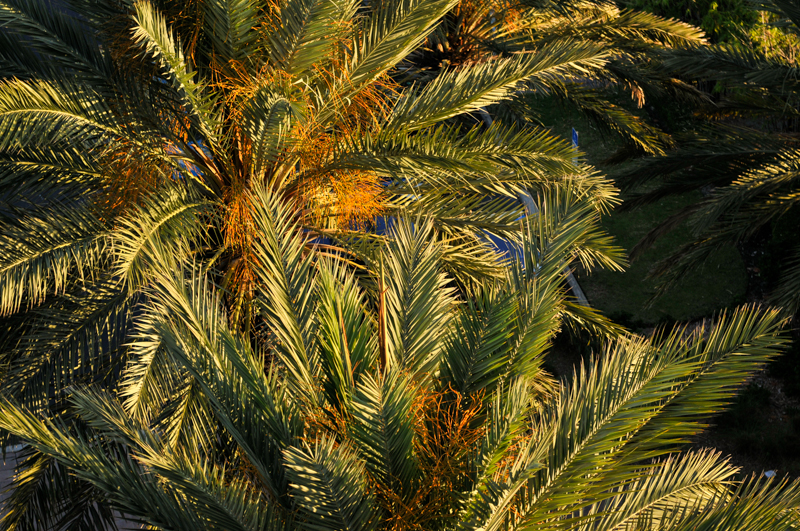Typically, on the first Wednesday of each month we like to pause and take a look at what’s going on in the world around us, with a particular focus on animal activity, celestial events, and our farmers’ fields, but our January’s off to the most fantastic slow and lazy start, so excuse us for this delayed post!

Baby it’s cold outside. so. so. cold. At least that’s the case on the East Coast where we’re being hit with an Arctic cold front that’s bringing the coldest temperatures of the winter so far and setting records. We’re considering ourselves lucky that we woke up to single digit positive and not negative temps the past few days. Bundling up to go outside got us thinking about all the non-migratory animals and their strategies for surviving the long, cold winter. So, we’ll be exploring that today along with this month’s celestial events and a touch of what’s planned for our kitchens this month.

Earth and Sky
There are a number of different strategies that non-migratory animals use to survive the winter. In addition to the freezing temperatures, these animals are also faced with low food supplies and little to no water. Some mammals will hibernate, finding or creating a safe space where they will hunker down, reduce their metabolic activity, thereby lowering their body temperature, and wait out the winter. Some reptiles will bruminate, going into their own form of dormancy that’s similar to hibernation. Other animals will remain relatively active, living off of the food supplies they stored the previous winter.
Black Bears
Growing up in the woods of central PA, we are well aware of the local bears’ annual cycle. Catching glimpses of them in the fields and woods during the summer, knowing that they were gorging on food in the fall to build up their fat supplies, thinking of them “sleeping” the winter away, and then seeing that they raided the bird feeders in early spring when they are starving for food and in need of an easy meal. The bears typically hibernate for 3-5 months, and during this time they don’t eat, drink, urinate, or defecate.
The black bear’s method of hibernation is atypical in that they do not lower their body temperature as far as many other mammals, but they are still able to lower their metabolic rate by up to 75%. Their heart rate can fall from an average of 40-50 beats per minute down to 8! Because their body temperature doesn’t fall, the bears are able to remain relatively alert and may take advantage of relatively mild winters by leaving their den to forage. The bears may lose 25-40% of their body weight over the winter, using their stored fat to meet their nutrient and water needs, but surprisingly, they do not lose much muscle over this period. Since the bears are not urinating or defecating over the winter, they are able to process the nitrogen in their waste and use it to build lean muscle mass.
During this month or next, pregnant females will give birth to their young. The baby bears weigh less than a pound when born. They won’t open their eyes or begin walking for over another month, and even then they will weigh less than two pounds!
Beavers
Beavers are an example of a mammal that doesn’t migrate or hibernate, instead it remains relatively active and relies on food it stockpiles for the season.
Every fall with the return of frost, beavers begin preparing their dens for winter. They add a fresh coating of mud to their dens. The mud freezes with the colder temperatures, creating a solid barrier against predators. While preparing their dens, they are also gathering sticks and logs for their winter food supply. Beavers are herbivores, feeding off the tender underbark of Aspens, Willow, Birch, and Maple along with other aquatic plants. The beavers are able to leave their dens through underwater openings, giving them access to their food supply even when their pond is frozen.
Gray Tree Frog
Unlike the bears and beavers we’ve mentioned, many frogs have a very unique method for surviving the winter. The gray tree frog bruminates, which is often called hibernation, but involves different metabolic processes. As cold weather approaches, the frogs burrow under roots and leaves. As the temperatures drop below freezing, ice crystals will form under the frog’s skin, and in their bladder and body cavity, but not in their vital organs! A high concentration of glucose in their organs acts as an antifreeze protecting them until spring. When frozen, the frogs will also stop breathing and their heart will stop beating. Once the warmer temperatures of spring arrive, their bodies will thaw and their organs will begin functioning again. {amaze.balls.}
Sky
The January skies are quiet! We’re posting this so late in the month that we’ve already missed the Quadrantids Meteor Shower on the 3rd and 4th as well as the full moon on the 5th. But hey, there’s a new moon coming up on January 20th, and the dark skies will be a great time to bundle up and do some winter stargazing.
Fun Fact : many moons ago (heehee), we talked about the names given to the full moons. While researching today’s post, we learned about another name for the January full moon ~ the Bear Moon, because this is often the month when the hibernating bears give birth.
Fields and Festivals
While many farmers’ fields may be For us it’s going to be a month of eating like the beavers; digging into the potatoes, squash, and other hardy winter veggies that we’ve stockpiled from our farmshare. I’m sure there will be many soups, but Sarah just gave me the cookbook Plenty for Christmas, so I’m excited to do some experimenting with our vegetable dishes. I’m also armed with a new pressure cooker and our pantry full of dried beans, because, you know, they’re good for your heart. On the fruit front, we’ll still be eating piles of oranges and indulging in the final weeks of pomegranate season!
It seems like the whole world slows down in January. We didn’t see any amazing festivals or holidays on the horizon, but maybe we’re missing something? Do you know of any?
We’re planning on indulging in the quiet darkness of this month. Spending plenty of evenings in front of the fire, catching up on our reading, and planning for the coming year. We hope this month affords you the same mellow moments.
Black bear in grass found here. Black bear and cub found here.
Frozen tree frog image found here.










